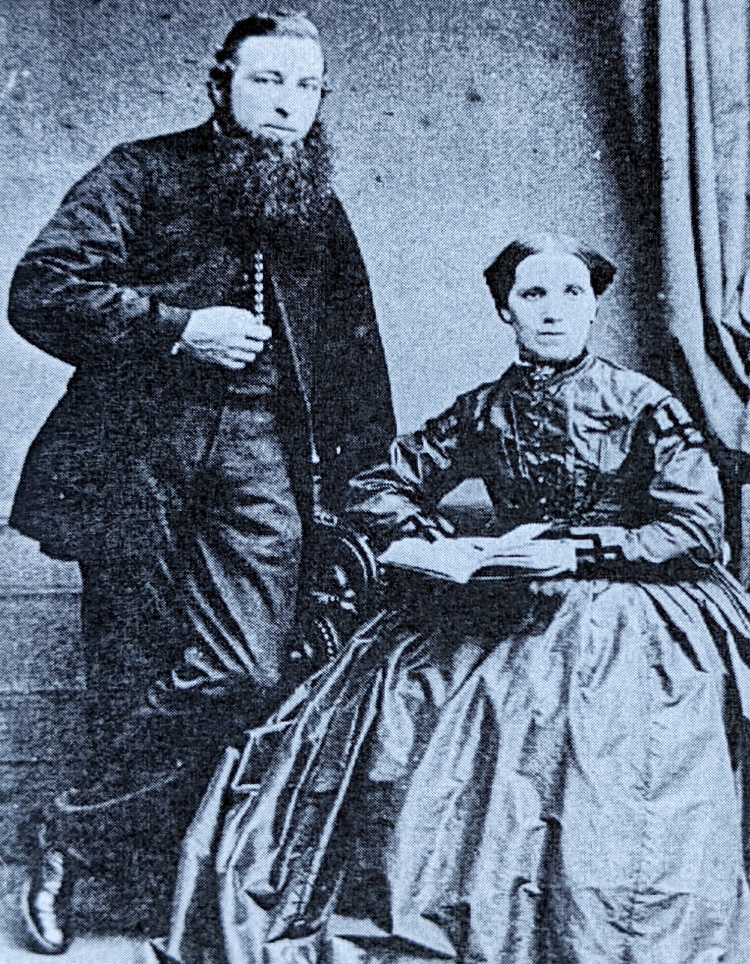
Born in Wreningham in 1841, Robert Dennis Day married Eliza Jarrett in 1866. They only had one child who, sadly, died within the month.
A member of the Day family, Robert Dennis Day became known in Wreningham for his wide-ranging business activities. He started his own village-based printing operation, in October 1877. Two years later, he took over the village shop (opposite the school) from his father, Robert Day.
The shop was originally based at The Larches.
In the Victorian Jubilee booklet R D Day states that he “relinquished the pork trade” on 19th July 1879. This may appear puzzling to us as we don’t know the context. In the late 1800s, not only was the USA exporting a great deal of low cost grain across the Atlantic but there was a growing amount of beef and pork being imported by the UK, too. For a short period around 1880, pork imports had hit a new record high. By about 1900, the value of meat imports had exceeded the value of grain imports by about one third. Perhaps this is what he was protesting about?
On 1st June 1883, he established a “Mutual Economy System” with a rather complex set of rules by which discount was given to regular customers who paid in cash.
He appears to have had a colourful village existence and took centre stage in organising the local celebration for the Queen Victoria jubilee, in 1887.
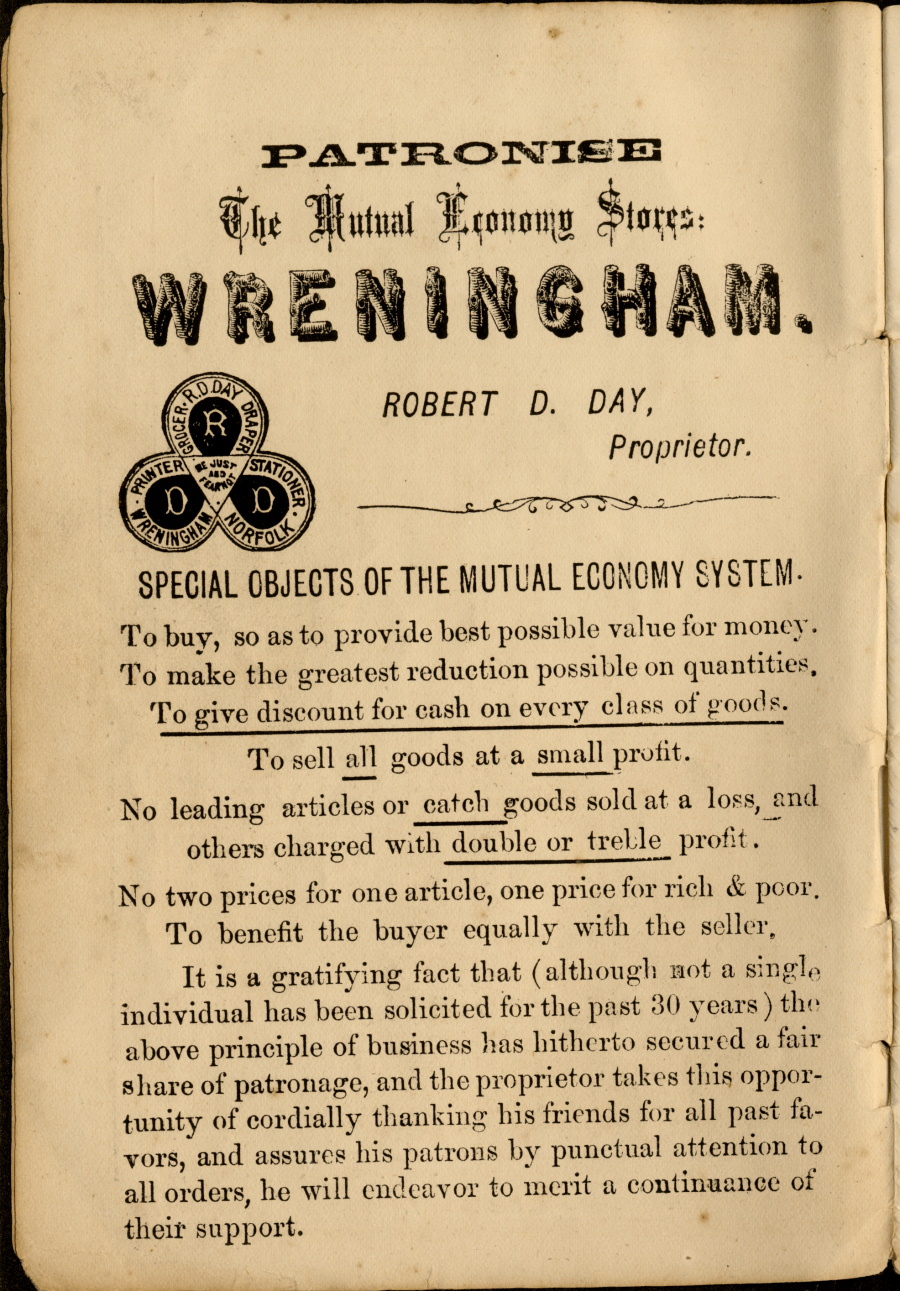
The Larches, constructed on the northern edge of the old Low Common, had probably included an earlier shop belonging to the senior Robert Day’s father-in-law, Griggs Day. The details are unclear.
There are two locations at the southern end of The Larches where this shop was believed to have been located. At different times, both locations would have been in use. One of these is a large room with its bay window at the front – whilst the adjacent “lean-to” structure on the end of the house, is the other.
The senior Robert Day’s shop might have been in one or both locations and Robert Dennis Day would have taken this over this shop from his father, in 1879, when the senior man retired.
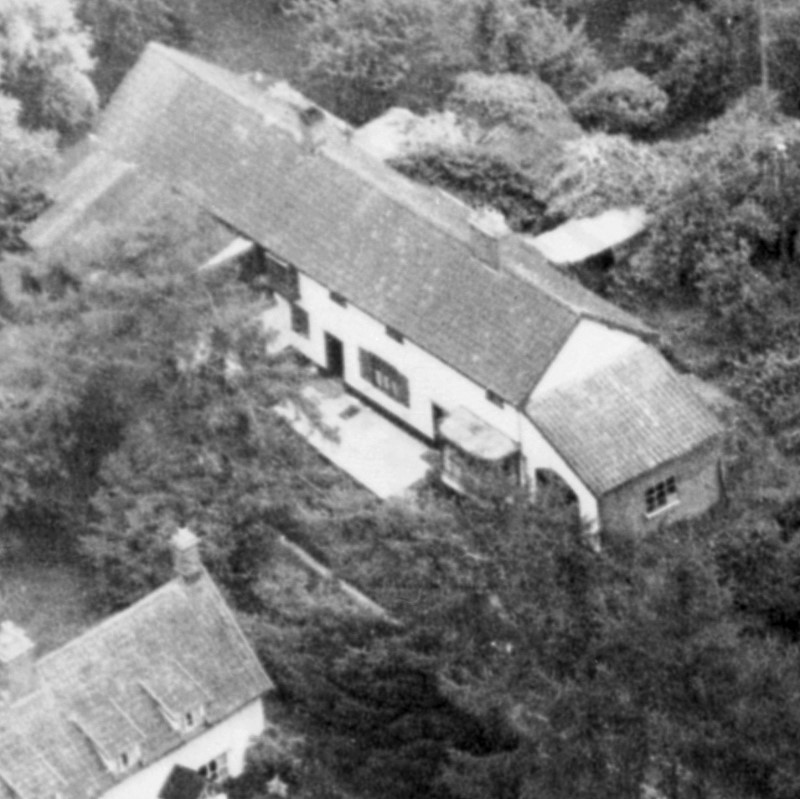
In the early 1890s, R D Day replaced the earlier shop with a purpose designed structure – opened in 1892, to the side of Mashonaland Villa, in Wymondham Road. At the same time, he decided to limit his own “shop” role to that of landlord and John Sayer was installed as the shop tenant.
Robert Dennis Day’s “day job” changed to the roles of joiner / carpenter, painter & decorator, and “odd job” man.
Printing was not forgotten and that remained a significant activity.
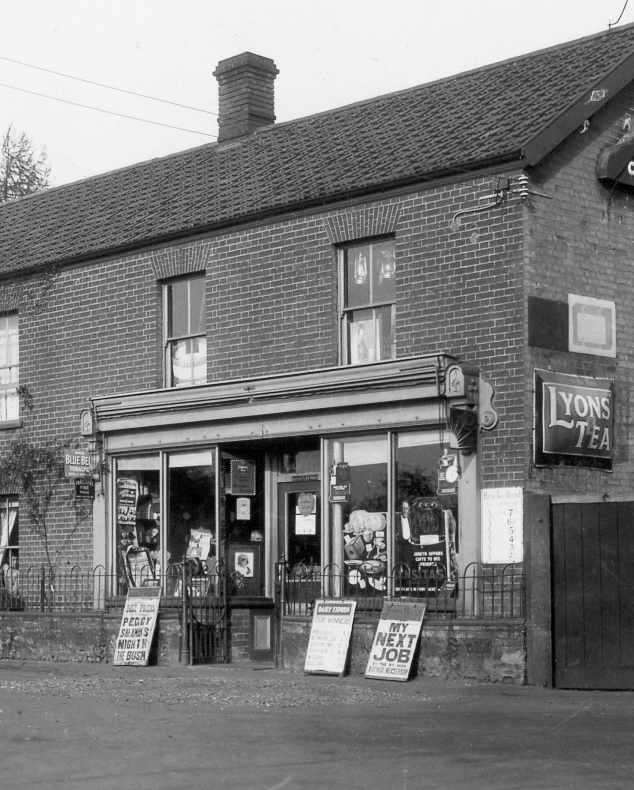
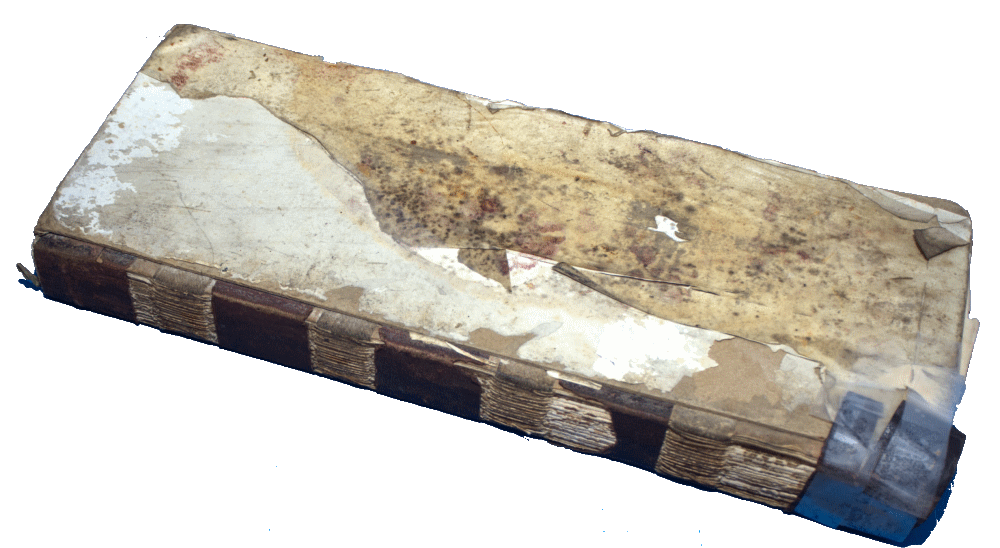
From the contents and carried forward accounts it is clear that there was an earlier ledger, presumably long lost. Extracts from the surviving Ledger are used for illustration on other pages in this website.
R D Day also serviced a range of account customers; they settled their (credit) accounts much less frequently!
Extensive details of the account business have recently surfaced in an old ledger which lists the individual purchases of all his account customers between 1884 and 1893. This records sales of both the sort of goods to be traded in a general store and maybe less common goods. Often these items are in bulk quantities.
After 1893, he repurposed the ledger to record the “next” parts of his career.
The post 1893 ledger entries provide a fascinating and detailed listing of the tasks he performed around the village. These included: printing, the furniture he made or repaired or the many other decorating / maintenance tasks he undertook.
As with his “general stores” accounts, each entry names the customer and how much they paid. A lot of this work was done for the Rector (by now, Rev Ernest Scott Fardell) including works at the church, the rectory and the school.
Here is a typical list of R D Day’s repair and maintenance activities, in this case, for the rector during June and July in 1899:
He appears to have been working at the church involving the use of lime and mahogany. The tasks include “preparing a platform”, repairing the organ including fitting a lock with two keys.
At the school he spent a couple of hours (fixing?) desks and planing, grooving and painting a blackboard.
Is the red mark we can see at the top of the page extract from a drop of Mr Day’s blood?
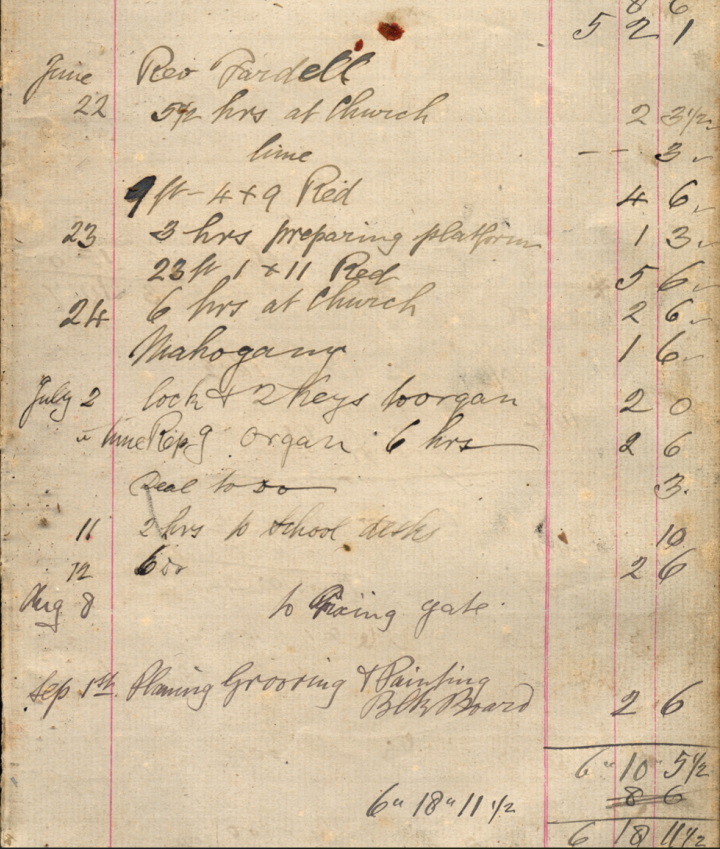
R D Day, in his printing business, also produced a lot of “bills” – today, we might call them “fliers”; which tradesman and others used to spread their local message – although we should remember that literacy was hardly universal!
The final entry in the ledger is dated December 1913. In March 1915, at the age of 74, Robert Dennis Day died at his home, The Larches. Following his wife’s death her niece, Matilda Neagus, became the shop’s new landlord. A new tenant for the shop, Charles Spratt, also arrived. In due course, both the shop business and The Larches were was bought by the Spratt family.
